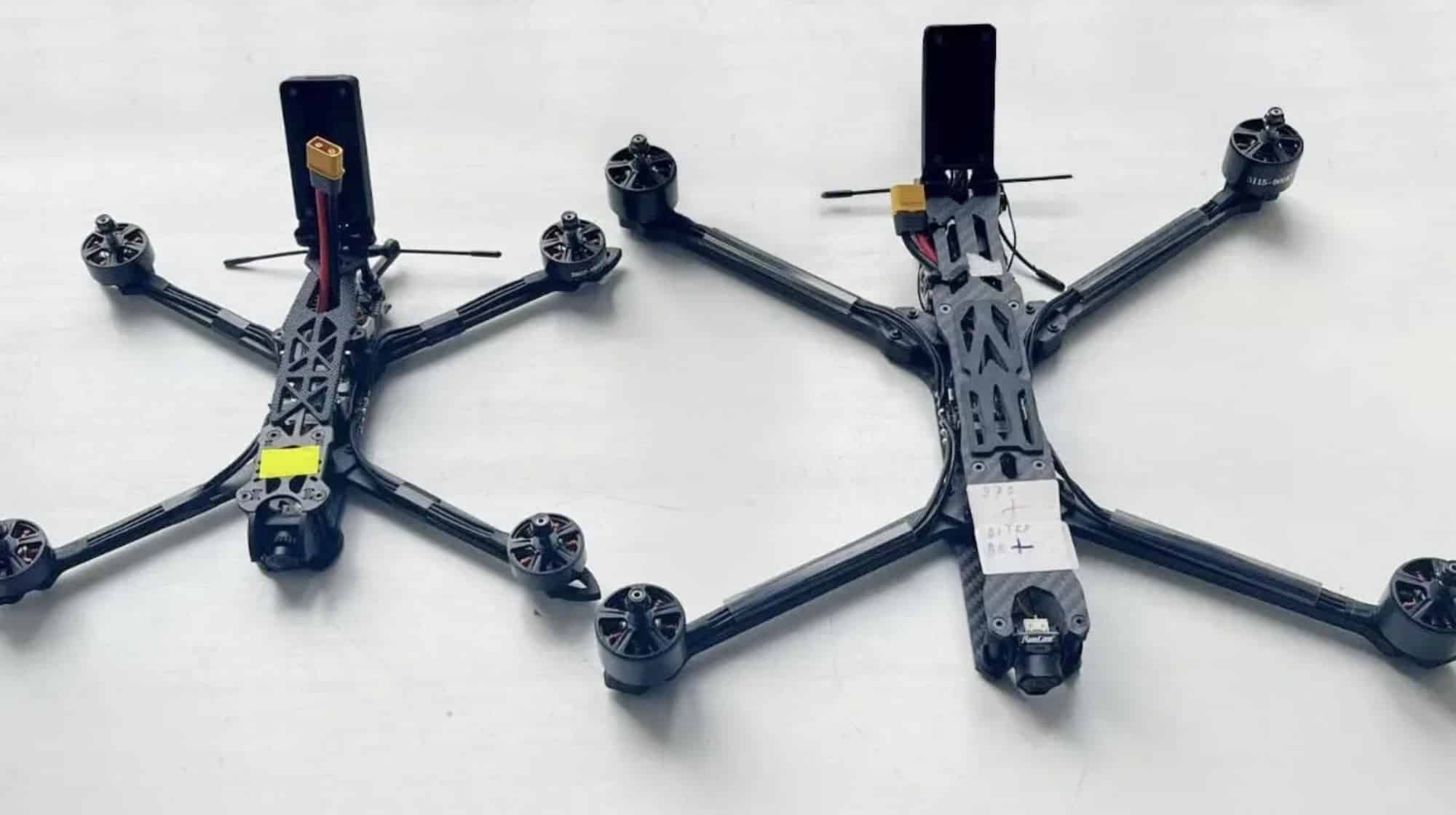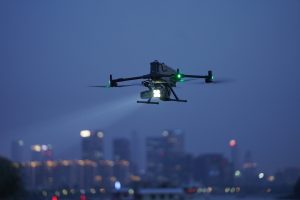Ukraine’s Drone Revolution: How Western Partnerships and Domestic Ingenuity Are Changing the Face of Drone Warfare
By [Your Name or Brand]
Imagine the sound of thousands of small engines buzzing overhead, intertwining with the siren calls of a city embroiled in war. This is not a scene from a sci-fi film or a video game—it is the everyday reality in Ukraine, where drone warfare has become the hallmark of the nation’s fight for survival and sovereignty. In 2025, the rapid expansion of Ukrainian drone production—bolstered by global partnerships—has decisively altered the dynamics and nature of modern warfare.
Let’s delve into how Ukraine developed its “sky army,” the significance of Western collaborations, the effectiveness of Ukrainian drones, and why the world is eyeing Ukraine as a template for the future of warfare.
1. Ukraine’s Drone Production: From Garage Builds to Industrial Giants
Just two years ago, Ukraine’s drone industry barely registered on the global radar. Today, it manufactures around 200,000 drones each month, a tenfold increase within a single year. That equates to approximately 4 million drones annually, a remarkable feat for a nation at war.
- Key stat: Ukrainian monthly production increased by 900% over the past year, climbing from 20,000 to 200,000 drones.
- President Volodymyr Zelenskyy announced deals with European allies and a prominent U.S. defense company, aiming to produce “hundreds of thousands” more drones within the year.
- This growth necessitated transitioning from DIY manufacturing to large-scale industrial operations, incorporating Western technology transfer, investment, and joint ventures.
2. Western Partnerships: The Technology and Muscle Behind the Growth
Ukraine’s emergence as a drone powerhouse didn’t happen in isolation. It’s the result of close cooperation with Western allies, who supply critical technology, funding, and expertise.
- Denmark Partnership: Ukraine co-produces drones and weapons on Danish soil, strengthening supply lines and political alliances.
- U.S. Defense Firms: A yet-to-be-named American partner contributes advanced manufacturing knowledge and continuous component supplies, overcoming previous hurdles.
- Europe’s Role: Various EU allies have stepped in, not just as suppliers but as partners in development, positioning Ukraine as a hub for NATO’s future unmanned projects.
Expert insight: Analytical centers emphasize that Ukraine’s next challenge is to “actively protect its technologies with patents” to ensure enduring sovereignty and opportunities in defense innovation.
3. Why Drones? The Cost, Versatility, and Psychological Edge
The economics of drone warfare are straightforward:
- FPV drones, the backbone of Ukraine’s drone fleet, cost about $400 each.
- Advanced long-range drones carry a price tag of around $200,000.
- In comparison, the U.S.-supplied Switchblade 600 costs $100,000, making Ukraine’s homemade options more cost-effective and better tailored to the battlefield.
Not only are they affordable, Ukrainian FPV drones have been responsible for up to 80% of Russian battlefield casualties in certain areas. They operate in swarms, targeting tanks, artillery, radar, and logistics convoys, yielding a 15-to-1 cost-effectiveness ratio in Ukraine’s favor.
Humorous aside: As a viral TikTok featuring a Ukrainian soldier stated, “Our army now runs on energy drinks… and quadcopters.”
4. Escalation: Drone Strikes Rewrite the Map—Far Beyond the Frontlines
The summer of 2025 witnessed record-breaking exchanges of drone strikes within a single weekend, with both sides using drones not only for surveillance but as main strike platforms:
- On July 6, 2025, Ukraine and Russia exchanged hundreds of drone strikes in one day, severely impacting airports, port infrastructure, and causing civilian casualties.
- Ukraine’s new long-range drones struck deep into Russia, destroying targets like the Izhevsk Defense Plant and crippling Sheremetyevo Airport in Moscow, leading to massive disruptions.
- The January to May 2025 period saw Ukrainian “deep strikes” causing over $10 billion in damage to Russian targets, mainly by disrupting logistics, fuel storage, and airbases.
Real-life report: Operation Spiderweb in June 2025 demonstrated AI-driven, semi-autonomous Ukrainian FPV drones destroying over 40 aircraft and causing $7 billion in losses for the Russian Air Force, altering the understanding of “strategic depth” in warfare.
5. Technological Innovation: How Ukrainian Drones Are Outpacing Russian Defenses
Ukraine’s advantage extends beyond sheer numbers, as it introduces rapid innovation, akin to a Silicon Valley mindset under duress.
- AI-Enhanced Drones: Ukrainian teams have launched drones utilizing artificial intelligence for navigation, target recognition, and semi-autonomous attacks.
- Anti-jamming Solutions: Facing enhanced Russian electronic warfare, Ukraine shifted towards fiber-optic control and simpler, GPS-free drones, reducing their susceptibility to jamming.
- Open-source Warfare: Engineers and volunteers in Ukraine collaborate synchronously, sharing designs, code, and battlefield insights to rapidly evolve drone technology.
Expert tip: While Russia deploys countermeasures like netting and jammers, Ukraine is already advancing to the next generation, a “cat-and-mouse game” closely watched by NATO observers.
6. The Human Side: Makers, Innovators, and “Sky Army” Volunteers
Supporting this astonishing production is a legion of: engineers, volunteers, hobbyists, and entrepreneurs who became frontline innovators. Common sights include:
- University students and professors designing cutting-edge software.
- Makerspaces churning out custom drone components overnight.
- Former IT experts leading drone squadrons—pilots often gained their skills from gaming or drone racing before the conflict.
Customer story: Ivan, once a wedding photographer, now commands a unit of kamikaze FPV drones, stating, “I used to capture the happiest moments, now I strive to protect my friends from above.”
7. The Dark Side: Russia’s Adaptation and the Drone War’s Heavy Toll
For all of Ukraine’s vigor, Russia has countered with its own surge:
- In some months during 2025, Russia conducted over 2,000 drone attacks, causing drones to account for 70% of casualties within Ukraine.
- Russia’s intensified drone usage compels Ukraine to rely on Western air defense systems like Germany’s IRIS-T SLM.
- Electronic warfare units on both sides continually seek to jam and disrupt adversary communications and drone operations.
Strategic perspective: Some Western analysts caution that Russia continues to “hold the initiative” concerning drone assaults on Ukrainian cities, highlighting the perpetual arms race.
8. What’s Next? Lessons for NATO and the Global Drone Revolution
Ukraine’s













